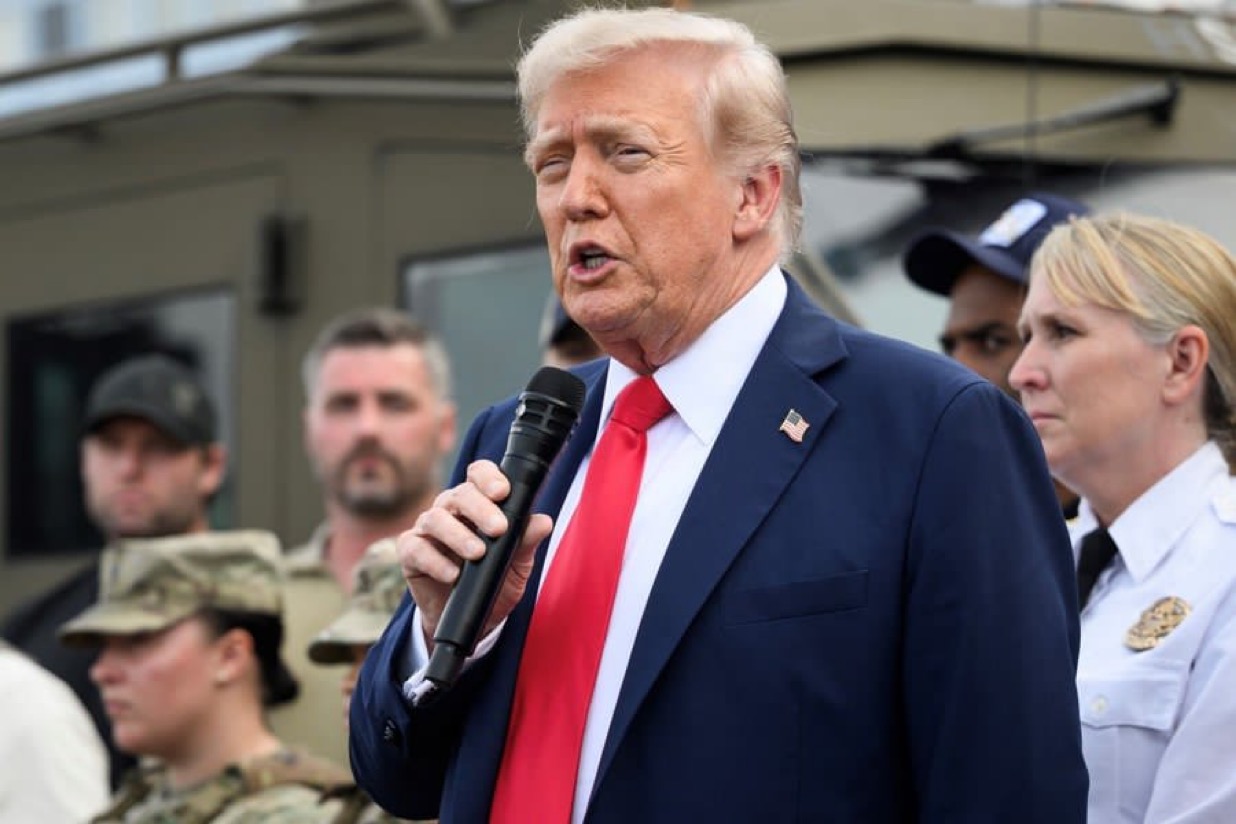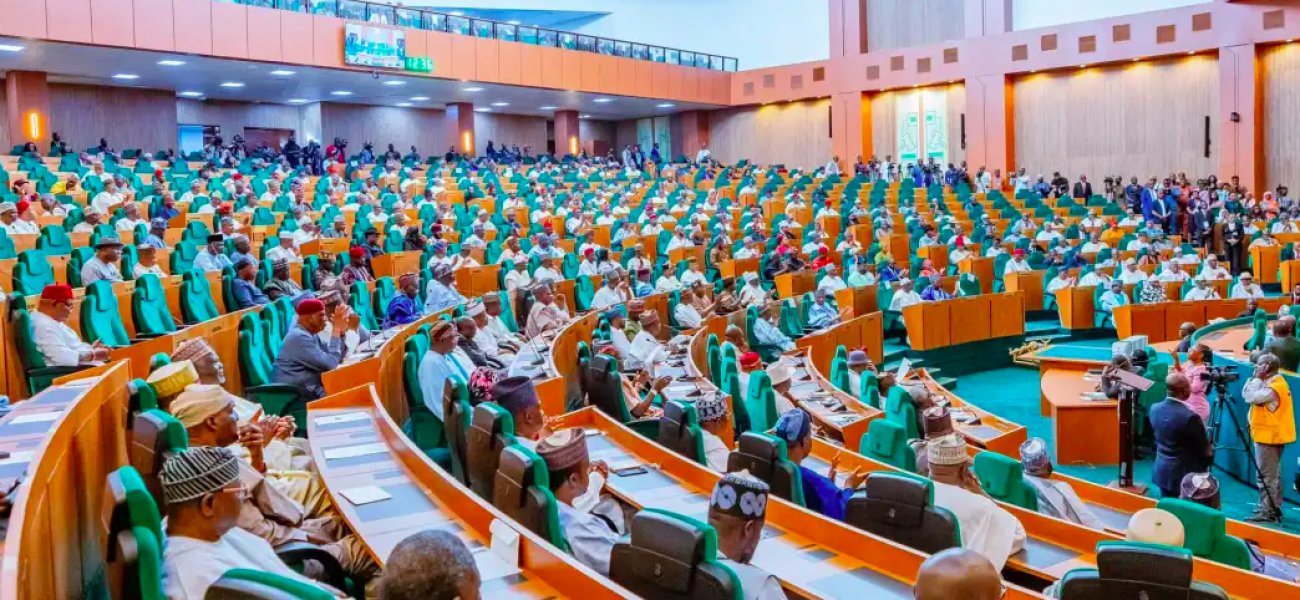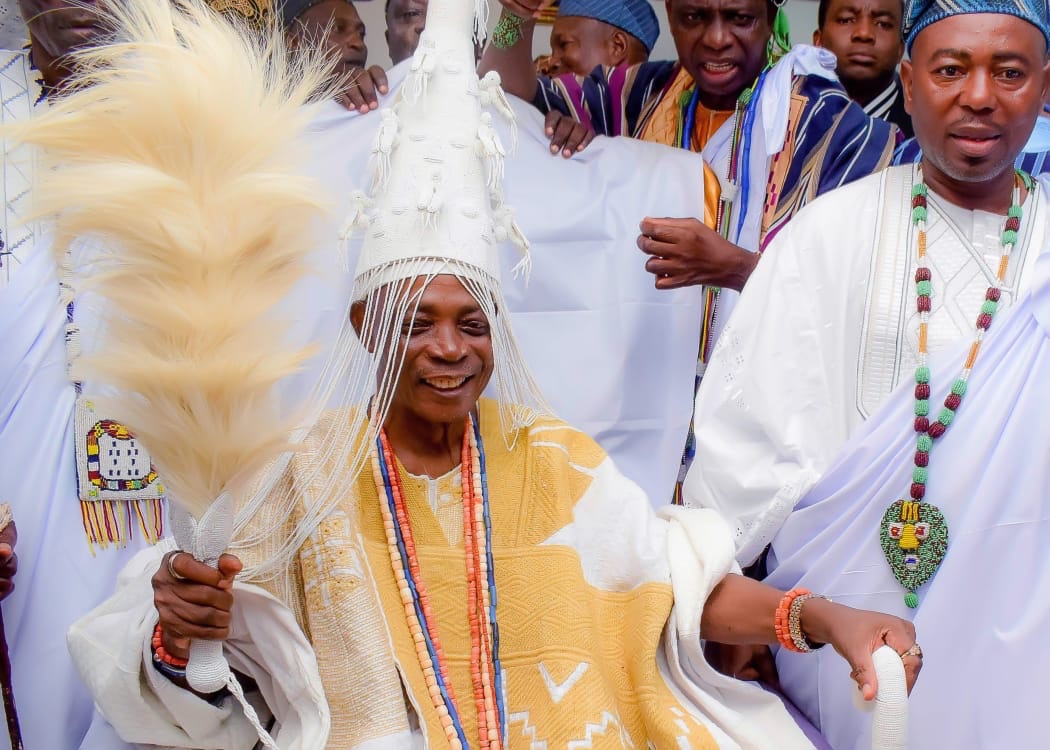
Trump Promises Americans a $2,000 ‘Tariff Dividend’ as He Declares U.S. the Richest Country in the World

In a fiery announcement that has set social media and Washington abuzz, former U.S. President Donald Trump has promised a $2,000 “tariff dividend” for every American citizen, declaring that the United States is now “the richest, most respected country in the world.” The statement, made through his Truth Social account early Sunday morning, comes as part of his renewed effort to defend his sweeping tariff policies and reframe them as direct benefits to ordinary Americans.
Trump wrote, “A dividend of at least $2,000 a person (not including high-income people!) will be paid to everyone. People that are against Tariffs are FOOLS! We are now the richest, most respected country in the world, with almost no inflation, and a record stock market price.” The bold declaration has been interpreted by supporters as a sign of confidence in the nation’s economic rebound, but critics say it’s another example of Trump’s flair for grand promises without clear details.
According to Trump, the so-called “tariff dividend” will be funded entirely through revenue collected from tariffs imposed on imports, which he claims have already generated hundreds of billions of dollars. The former president’s team argues that this revenue can be redistributed directly to Americans in the form of one-time payments or tax credits. “The money we’re collecting from foreign countries through tariffs should go back to the American people,” Trump said during a brief press interaction following the post. “We built the world’s richest economy, and it’s time Americans feel that wealth in their pockets.”
However, experts and political analysts are divided on whether such a plan is feasible. The U.S. Treasury Department reported that tariff revenues totaled roughly $195 billion between January and September 2025, far below the trillions Trump claimed. Even if the entire sum were distributed evenly, economists say it would fall short of providing $2,000 per person to all eligible Americans. Treasury Secretary Scott Bessent, when asked about the details, clarified that the “dividend” could come in different forms, including tax reductions, credits, or energy rebates, rather than direct stimulus checks. “It’s an idea that reflects the administration’s belief in returning value to citizens from trade policy,” he explained, though he stopped short of confirming any immediate payout.
The announcement comes at a politically sensitive time. The U.S. government is currently grappling with a partial shutdown following deadlocked budget negotiations, and millions of Americans are facing delays in benefits and public services. Trump’s promise, therefore, plays directly into economic anxieties and the growing demand for financial relief amid rising living costs. His supporters see the $2,000 dividend as a patriotic reward for enduring the effects of his tough trade stance, while critics accuse him of using the promise as political leverage to shift focus from ongoing economic strains.
Still, the message resonates deeply with Trump’s political base, which has long praised his “America First” economic doctrine. During his first term, Trump used tariffs as both a weapon and a negotiating tool, targeting China, Mexico, and the European Union in an attempt to reduce trade deficits and revive U.S. manufacturing. He argues that those tariffs are finally paying off, asserting that the U.S. economy now enjoys record-level growth and minimal inflation. Economists, however, dispute that narrative. “Tariffs are taxes on imports, and those costs are ultimately borne by consumers,” said Dr. Angela Meyers, a trade policy analyst at Georgetown University. “While government revenues may rise in the short term, the ripple effects on prices and competitiveness can offset those gains.”
Critics also note that Trump’s claim of “almost no inflation” contradicts data showing modest but persistent inflation across major consumer categories, including food and energy. Some business groups have already raised concerns that renewed tariff hikes could reignite price increases and strain supply chains. The National Retail Federation issued a statement warning that “tariff-funded dividends may sound appealing, but they come at the expense of higher consumer costs and potential trade retaliation.”
Despite skepticism, Trump’s messaging has proven politically powerful. By framing tariffs as a patriotic investment that yields a cash reward for citizens, he has turned a complex economic policy into a simple, populist promise. For many middle- and lower-income Americans struggling with high costs, the idea of a $2,000 windfall — even if largely symbolic — carries strong appeal. “We finally have a president who wants to give us something back from what other countries have been taking,” said David Morales, a construction worker from Texas, in a local news interview. “If he says the money’s there, I believe him.”
The proposed exclusion of “high-income earners” adds another layer of political calculation. While Trump has not defined the income threshold, insiders say the intention is to target the payments toward working- and middle-class households. This, analysts say, aligns with his ongoing effort to court blue-collar voters and position himself as a champion of the “forgotten American.”
Legally and procedurally, however, implementing such a plan could be difficult. Federal payouts of this scale would likely require congressional authorization, and it remains unclear whether Trump’s administration or a future Congress would support diverting tariff revenues for direct cash payments. Moreover, ongoing legal challenges to Trump’s tariff authority could complicate matters further. Several trade groups have filed lawsuits questioning the legality of tariffs enacted under emergency economic powers.
The international response has been cautious. Economists warn that redirecting tariff revenues into domestic payouts could escalate tensions with key trading partners. China and the European Union have already hinted at potential retaliatory measures, suggesting that Trump’s “tariff dividend” might deepen trade rifts rather than resolve them.
For Trump, though, the announcement fits perfectly into his broader political narrative. It allows him to boast about American wealth, project economic confidence, and reinforce his image as a dealmaker who delivers results for ordinary citizens. “We are finally winning again,” he said in a follow-up post. “We don’t have to apologize for tariffs. They are making America richer — and Americans deserve their share.”
Whether the “tariff dividend” becomes a reality remains to be seen, but the idea has already achieved its intended effect — dominating headlines and reigniting debate over the true cost and benefit of Trump’s trade policies. Supporters call it visionary; opponents call it reckless. Yet everyone agrees on one thing: it’s vintage Trump — bold, brash, and built to make news.
As the administration scrambles to provide more details, ordinary Americans are left wondering whether the promised checks will ever arrive. For now, the $2,000 tariff dividend stands as both a symbol of hope and a test of credibility — a promise that could define Trump’s legacy as either the architect of a new economic vision or the master of political theater.

